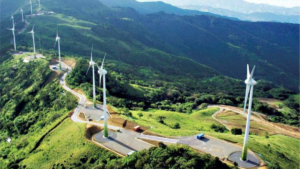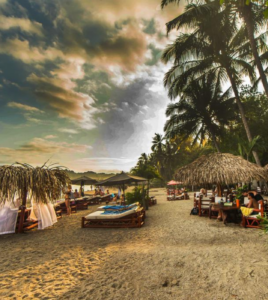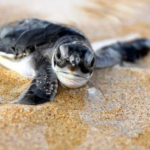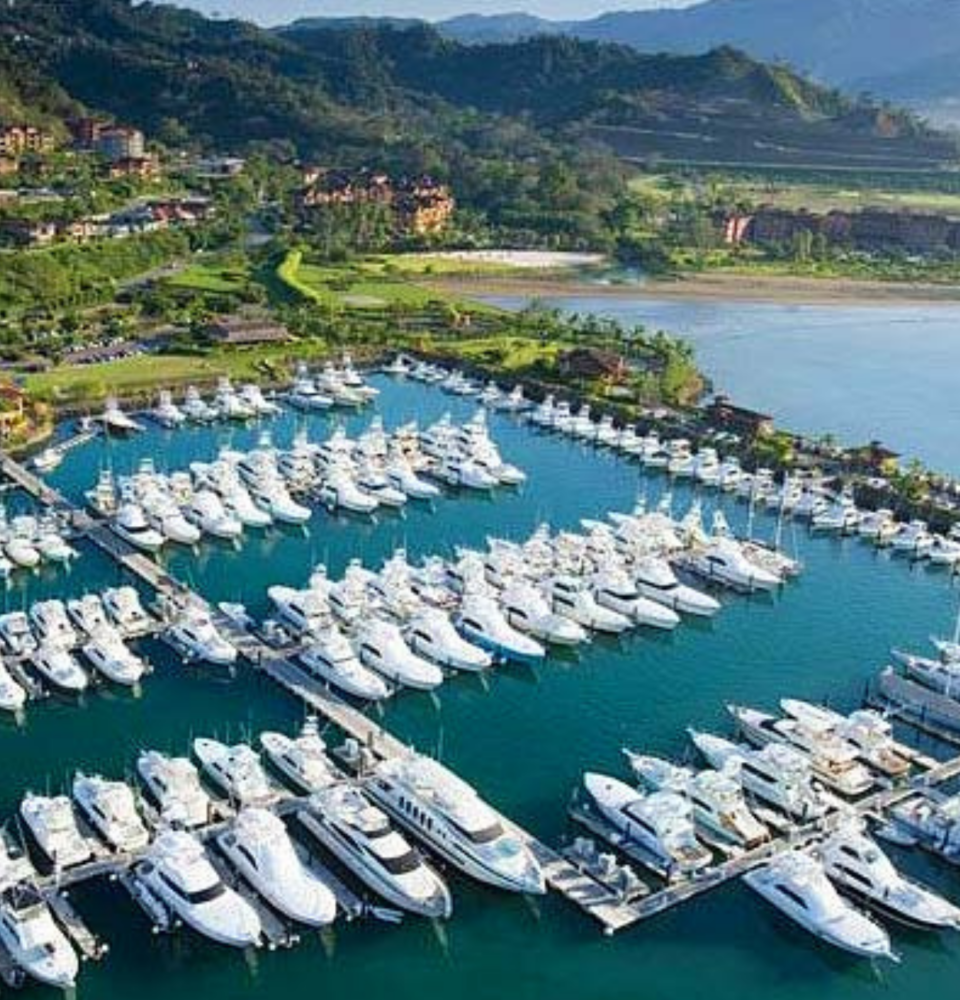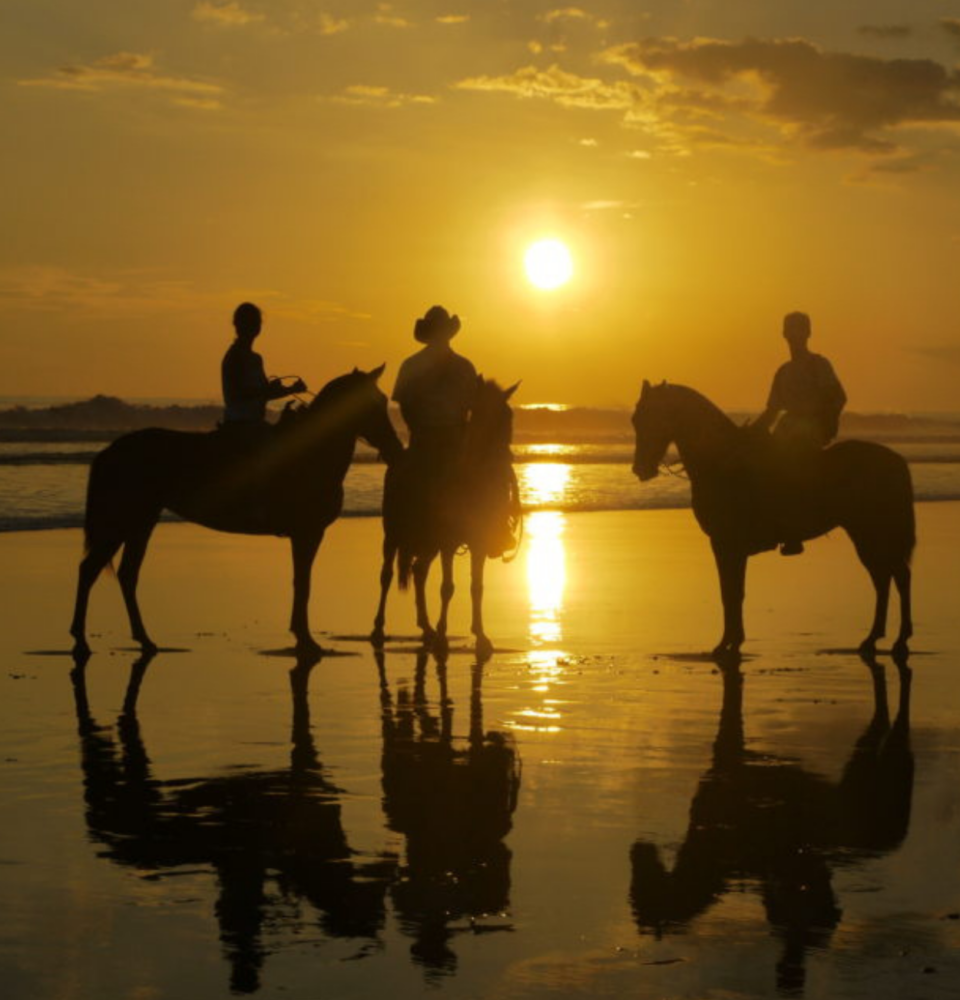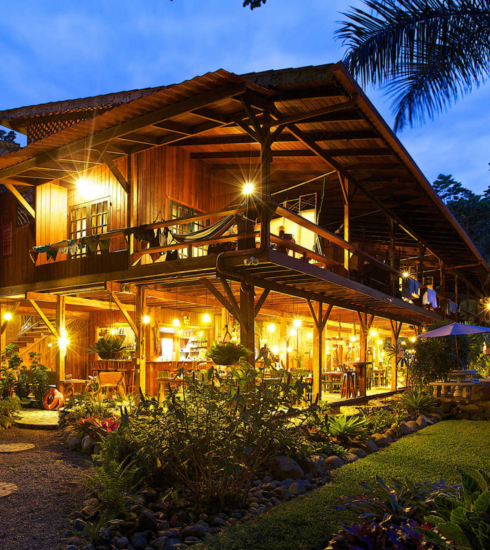Whale Watching – The best times of the year
Whale-watching has provided important benefits for environmental education and research, along with being the perfect excuse to get to know some of the most beautiful awe-inspiring nature spots in the world.
Exotic, yet a comfortable place to visit or live, the pacific coast of Costa Rica is a hot spot for whale watching, the unique geology of the region insures surprises galore on every island and every shore.
Humpback whales are the most commonly seen, known for their long migrations north side and south side. Other whales that visit Costa Rican waters are the False Killer Whales, Pilots, and even the enormous gentile Whale Sharks.
Learn MoreThese giant majestic mammals and their offspring can be seen between December and April to the North of Costa Rica and further South starting the first weeks of July to late October.
During a whale watching tour on boat, if the Captain deems it safe to swim around, chances are that you will even be able to hear the deep, resonating singing sounds and enormous expulsions of vapor from male whales. Needless to say that there are few experiences more beautiful than to have a mother humpback whale and her calf swimming a short distance away.
You can also enjoy recreational diving on coral reefs in these wild areas and feel amazed with the astounding quantity of marine species such as reef fish, mollusks, sea turtles crustaceans, rays, starfish, and more. Of course, good snorkeling waters depends on how clear the water is.
While whales and dolphins are most commonly seen independently of each other, frequently you will see in open waters, pods of whales accompanied by large schools of dolphin. Seen throughout the year, the most common species of dolphins found are bottlenose, however, you can also find Spotted, Spinner, and Orcas.
The most popular places to delight in whale/dolphin watching would be Manuel Antonio National Park, including its marine preserve home to whales, dolphins, sea turtles and many species of birds. A small peninsula that hosts over 700,000 visitors a year. The park’s main attraction are two white sandy beaches, Espadilla Sur and Manuel Antonio; Punta Catedral was an island at one time, an accumulation of the sediments joined to the land created a sandy belt named Tombolo. Along with over 100 other species of land mammals, dolphins play in the wake as you sail silently through these blue pacific waters and the curious whales come nearer for a closer look at you!
Following the Pacific coast further south, passing Uvita beach, you arrive at Ballena (Whale) National Park where you can actually see the migratory species from the beach! There are tours that leave from Dominical and Quepos, only 30 minutes to an hour from the National Park itself.
Keep traveling further South and arrive at the Osa Peninsula, home to a variety of whale and dolphin species and one of the most intense and biologically diverse regions of the planet, ideal for whale and dolphin viewing. The Golfo Dulce is actually one of four tropical fiords where whales come to mate and have their offspring.
Drake Bay is also in the South Pacific region, where Beaked Whales, Sei Whales, Fin Whales and several other species frolick in the warm placid waters, thousands of Spotted and Spinner dolphins have made this area their home, no where else can you see so many species in one day.
If you have the budget and time, you can find the same species that live in the Galapagos right here in Isla (Island) del Caño. A two day boat trip to reach the island, revel in waters teeming with dolphins, migrating whales (for several months each year), mantas, sea turtles, sharks and many, many more animals.
Explore Costa Rica
Costa Rica’s World Class Sportfishing
The sea, the fishing rod, the beautiful views and the company of friends, all together make one of the...
Essential Tours and Activities
An adventure-seeker’s paradise, Costa Rica offers many landscapes to discover and many enjoyable ways to discover them.

